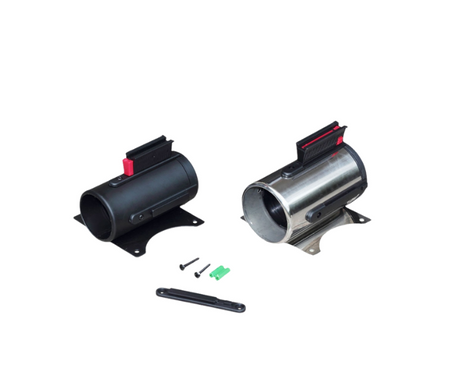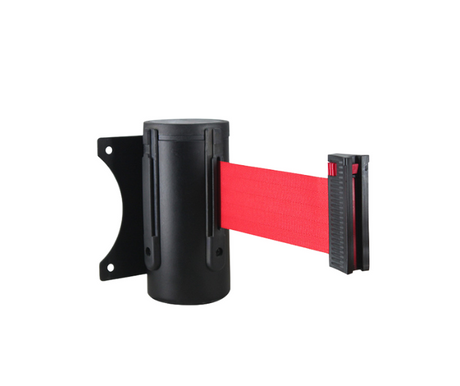Crowd Control Safety: Best Practices and Tips
Ensuring the safety of attendees, staff, and visitors during events or in crowded places is a paramount concern for organizers and business owners. Effective crowd control measures are not just about managing the flow of people but also about preventing accidents and ensuring a safe environment. This blog post outlines best practices and tips for maintaining crowd control safety.
Understanding Crowd Dynamics
The first step in ensuring safety is understanding crowd dynamics. Crowds can behave unpredictably, and situations can escalate quickly if not properly managed. Awareness of potential risks and how crowds react in various scenarios is crucial for planning effective safety measures.
Best Practices for Crowd Control Safety
- Comprehensive Planning: Before any event, conduct a thorough risk assessment, considering factors like venue capacity, entry and exit points, and emergency procedures.
- Clear Signage and Information: Ensure that signs directing movement and conveying important information are visible and clear. Good communication can prevent confusion and panic.
- Adequate Staffing: Have a sufficient number of trained staff or volunteers to monitor crowds, respond to inquiries, and manage emergencies. Staff should be easily identifiable.
- Barrier Use: Strategically place barriers to guide crowd flow and prevent access to restricted areas. Ensure barriers are stable and do not become hazards themselves.
- Emergency Preparedness: Develop and communicate emergency response plans. Staff should be trained in emergency procedures, including evacuations and first aid.
- Accessibility: Ensure that crowd control measures accommodate everyone, including individuals with disabilities. Clear pathways and special accommodations should be part of your planning.
Tips for Maintaining Safety
- Monitor Crowds Constantly: Use CCTV or have staff on the ground to monitor crowd behaviour and detect potential issues early.
- Communicate Effectively: Use public address systems, social media, and signage to communicate with attendees, especially in the event of changes or emergencies.
- Be Flexible: Be prepared to adapt your plans based on the actual crowd behaviour and external conditions, such as weather.
- Engage with Local Authorities: For large events, coordination with local law enforcement and emergency services is essential for overall safety.
Crowd control safety is a multifaceted challenge that requires careful planning, effective communication, and the ability to adapt to changing circumstances. By following these best practices and tips, you can create a safer environment for everyone involved. Remember, the goal is not just to manage the crowd but to ensure a positive and safe experience for all participants.

















